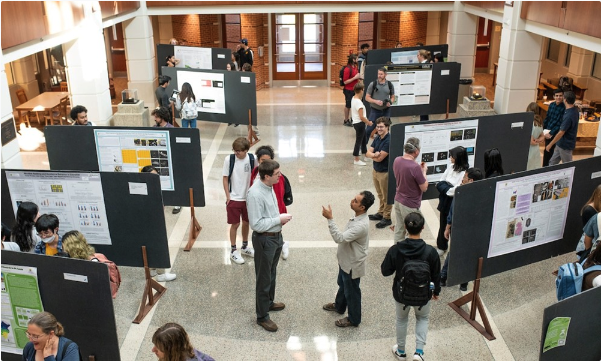Document Type
Essay
Publication Date
12-12-2022
Abstract
As of 2022, 7.1% of Americans identify as LGBTQ. Members of the LGBTQ+ community in the United States experience greater health disparities than their heterosexual counterparts due to structural inequity: in addition to having minority status within the United States, there is a lack of education and research about LGBTQ+ health-related issues as well as restrictive policies that limit access to health care and other health benefits. As a result, the LGBTQ+ community is more prone to developing certain conditions, have less access to health care, and have worse health outcomes. However, LGBTQ+ visibility has increased dramatically within the last twenty years, especially after landmark Supreme Court cases such as Lawrence v. Texas (2003), which decriminalized consensual, same-sex sexual activity, and Obergefell v. Hodges (2015), which legalized same-sex marriage. This study aimed to show changes in LGBTQ+ health disparities, especially in tandem with important U.S. health policy changes during the last twelve years.
Recommended Citation
del Rosario, Lauren, "Sexual and Reproductive Health Disparities for LGBTQ+ Patients" (2022). Student Research
. 53, Scholarly and Creative Work from DePauw University.
https://scholarship.depauw.edu/studentresearchother/53









Comments
Submitted as part of Dr. Naima Shifa's HONR300BC: Datafication of Society course, Fall 2022.